Yahya Sinwar’s awe-inspiring martyrdom precursor to the end of Zionist occupation
By Wesam Bahrani
All martyrs on the path to liberating occupied al-Quds have different traits. Hamas leader Yahya Sinwar was unique in his own right, the first top-ranking Palestinian resistance leader to go down fighting against the regime in several decades.
Sinwar, the legendary Palestinian freedom fighter, spent decades in Israeli prisons before he rose through the ranks to become the top-ranked leader of the Gaza-based Hamas resistance movement.
Sinwar was no ordinary fighter. He was a writer and intellectual who spent 23 years in Zionist dungeons where he learned the Hebrew language to understand the psyche of his enemy.
His unique traits and characteristics were too many that made him a beloved resistance figure in Palestine while he was alive and a heroic figure in his death.
He craved martyrdom and finally earned it this week after years of unwavering struggle.
Contrary to the toxic Zionist propaganda, the charismatic Hamas leader was not hiding underground using captives as human shields. He was above ground, alongside his brave fighters, planning and executing complex military operations against the marauding regime forces.
Sinwar was martyred on his native land, alongside his fighters and among his people while wearing the military vest and holding his AK-47 rifle in southern Gaza’s Rafah city.
It is now more than a year since Sinwar planned and executed the groundbreaking Operation Al-Aqsa Flood (Storm) against the Zionist entity from the world’s largest concentration camp that saw 1,500 freedom fighters break the most fortified buffer zone on the planet.
The Zionists in Tel Aviv and Washington may want to think twice about branding Sinwar’s martyrdom as a major turning point in the genocidal war on Gaza that has already claimed nearly 43,000 lives.
Does the death of the Hamas leader mean the end of the al-Qassam Brigades or the anti-Zionist armed resistance in Gaza and the occupied West Bank?
Events in the north offer the answer. The Zionist regime also occupies parts of southern Lebanon.
WATCH: Yahya Sinwar, Iconic Hamas leader and flagbearer of resistance dies on the frontline
— Press TV 🔻 (@PressTV) October 18, 2024
Follow us on Telegram: https://t.co/B3zXG73Jym pic.twitter.com/UCgvFfksxC
On September 17, thousands of pagers in Lebanon, used by Lebanese citizens, including nurses in hospitals and other civilian areas, exploded. It was an act of broad daylight terrorism by the Israeli regime and its Western backers.
The next day more communication devices exploded in Lebanon. Another act of organized terrorism.
The Zionist regime then went on to assassinate many Hezbollah leaders and commanders, including the Secretary-General of the Lebanese resistance movement.
Sayyed Nasrallah, the torchbearer of the Axis of Resistance, was martyred in the southern suburb of Beirut on September 27 with US-made bombs.
From an outsider’s perspective or even those who have done their homework at various think tanks, Hezbollah was finished. They thought Nasrallah’s martyrdom implied the end of resistance.
They could be forgiven for arriving at such conclusions. Anywhere else in the world where a leader, his veteran commanders, and advisors all die in a matter of days, as well as the acts of terrorism and scale of bombardment, a country would have surrendered, never mind a resistance movement.
But this is Hezbollah. Dying like in the battle of Karbala and fighting like in the battle of Khaybar.
After everything inflicted on the Lebanese resistance, the Zionist army has been unable and incapable of overrunning a single village on the Lebanese border since it tried to invade the country on October 1.
Compare this with the 2006 war on Lebanon when all the commanders were present in addition to legendary Hezbollah commander Imad Mughniyah. And the Secretary-General himself was alive.
After a week or two, the Zionist army had already reached Bint Jbeil and occupied the Litani River. Today, it is moving tens of meters backward and forward inside Lebanese border villages.
And Hezbollah, which says it has only used a fraction of its military arsenal against the Zionist regime, has announced it is transitioning to a new phase of escalation.
If the Zionist army invades deeper, it is because Hezbollah has allowed it to move into more difficult terrain in Lebanon, where it is easier to ambush and eliminate more of its troops.
Keep in mind when Hezbollah began its support front in solidarity with Gaza on October 8, 2023, settlements in the north were targeted, leading to the mass displacement of settlers.
The settlers left very quickly and in a state of panic. The Zionist army replaced them essentially making these regions military targets for Hezbollah.
✍️ Viewpoint - Sinwar's martyrdom to infuse new life into resistance against Zionist entity
— Press TV 🔻 (@PressTV) October 18, 2024
By Iqbal Jassathttps://t.co/WfYGtp81zJ
One settlement that came under heavy rocket barrage was Kiryat Shmona. This settlement used to resemble a modern-day city.
Today, what is left of Kiryat Shoma? It has been reduced to rubble. There is no Kiryat Shmona left.
Over the past weeks, Hezbollah has been pounding Haifa, a completely different ball game. This is the industrial hub of the Zionist regime.
When will the Zionist occupation realize that soon the 1.2 million settlers in Haifa will also be displaced like Kiryat Shmona? Because this is what Hezbollah is capable of.
The Zionist "war missions" of returning settlers to the north is a pipedream.
The trap that many have fallen for by watching or reading Western and, unfortunately, Arab media is that there are disagreements between leaders of the Zionist regime and the United States.
There are absolutely none. The US has been remotely running the genocidal war on Gaza and is also calling the shots in Lebanon.
If the Zionists believe that the martyrdom of Sinwar will lower the morale of the Palestinian resistance, a quick review of modern history and the anti-Israeli resistance would be helpful.
Sinwar joins a long list of Palestinian leaders who were martyred before him, most recently Ismail Haniyeh and that list will grow with Palestinian leaders who will be martyred after him until this land, its people, and its holy sites are liberated from occupation.
The decades-old armed struggle against Zionist occupation will not die with an individual no matter what his rank is. Thousands of others will rise to take the torch of resistance to the Zionists.
Sinwar’s death, on the frontline, while fighting the enemy forces, and his final moments marked by remarkable defiance and resilience are going to inspire a new generation of resistance fighters.
It would be safe to suggest that the beginning of the end of the apartheid entity begins with Sinwar’s martyrdom.
Wesam Bahrani is an Iraqi journalist and commentator.
(The views expressed in this article do not necessarily reflect those of Press TV.
Iran blasts Israeli assaults on Yemen’s civilian infrastructure
Iran, Turkey urge end to Israeli war on Gaza to ensure regional security
Israeli soldiers expose shoot-to-kill policy in Gaza’s ‘kill zone’
VIDEO | Ireland-Israel tensions intensify over Gaza genocide
US lawmakers call for end to military supply for Israel
Lebanese PM raises alarm over Israel's daily ceasefire violations
Dec. 18: ‘Axis of Resistance’ operations against Israeli occupation
VIDEO | Israeli warplanes raid ‘civilian facilities’ across Yemen



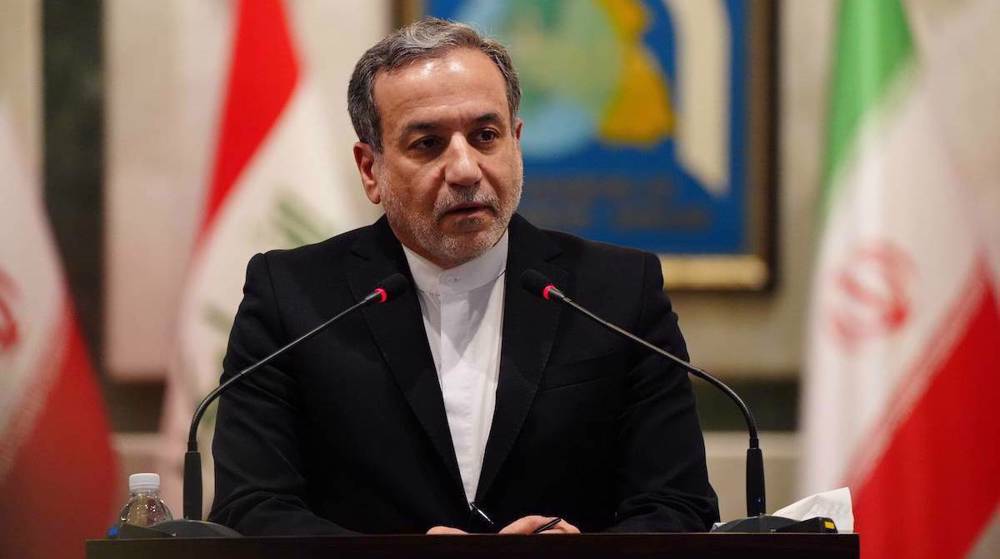
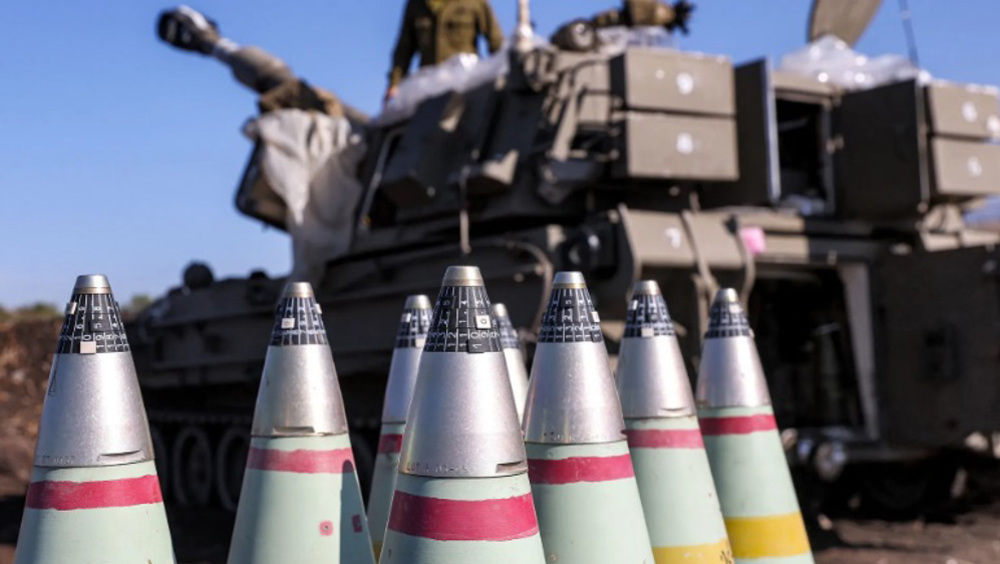
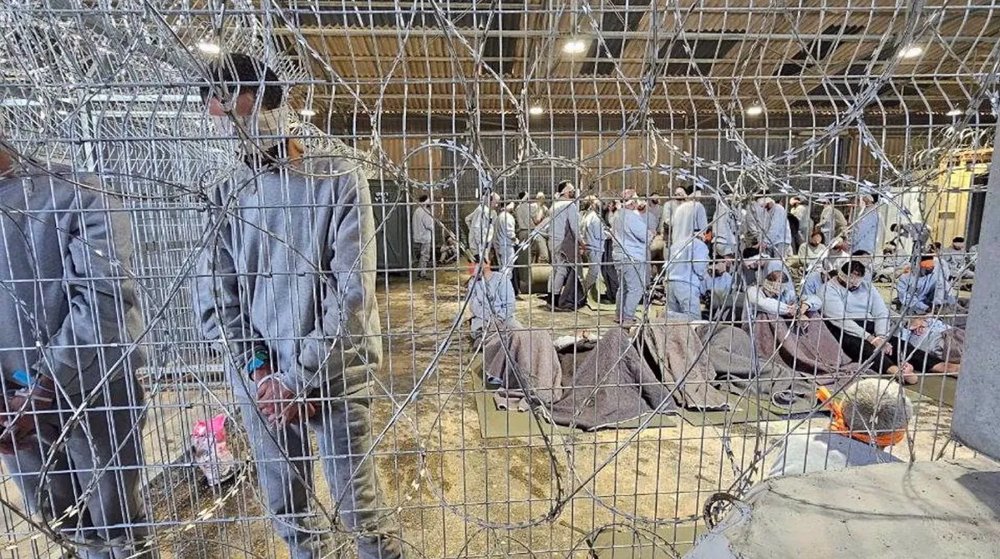



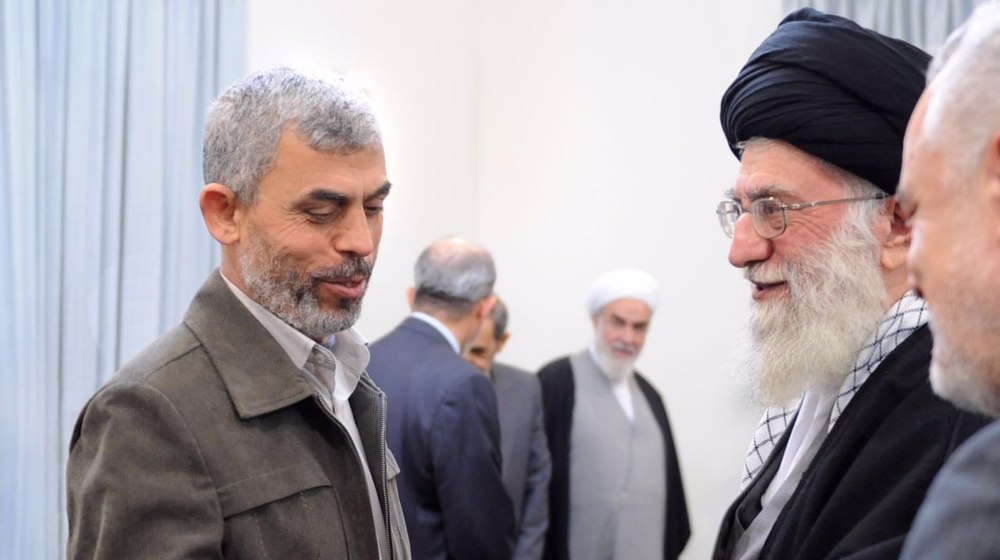
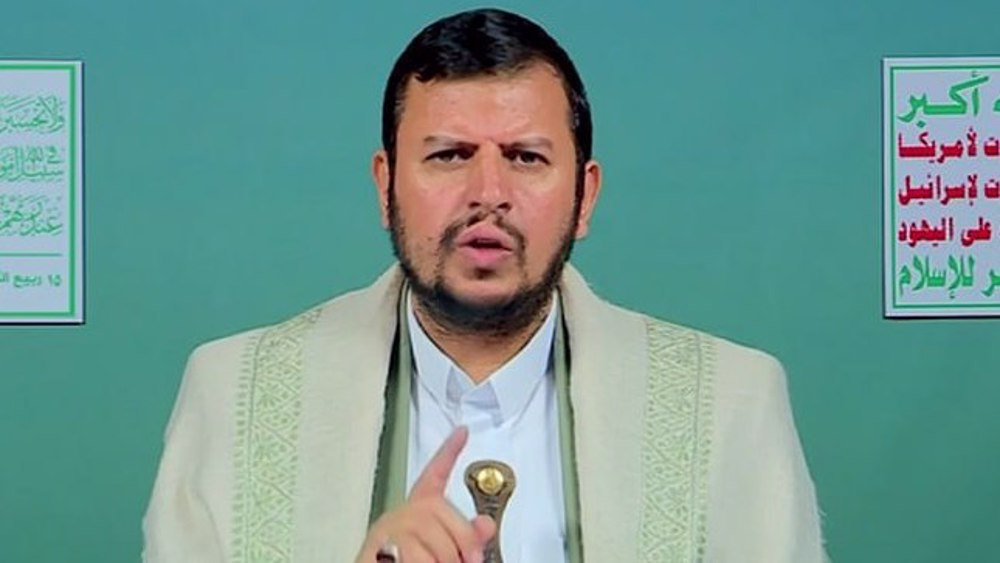
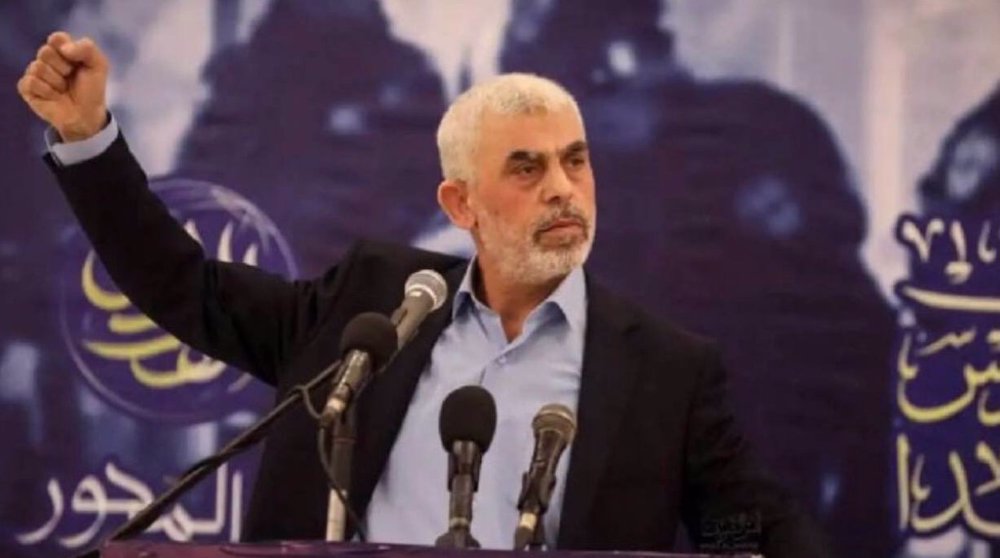
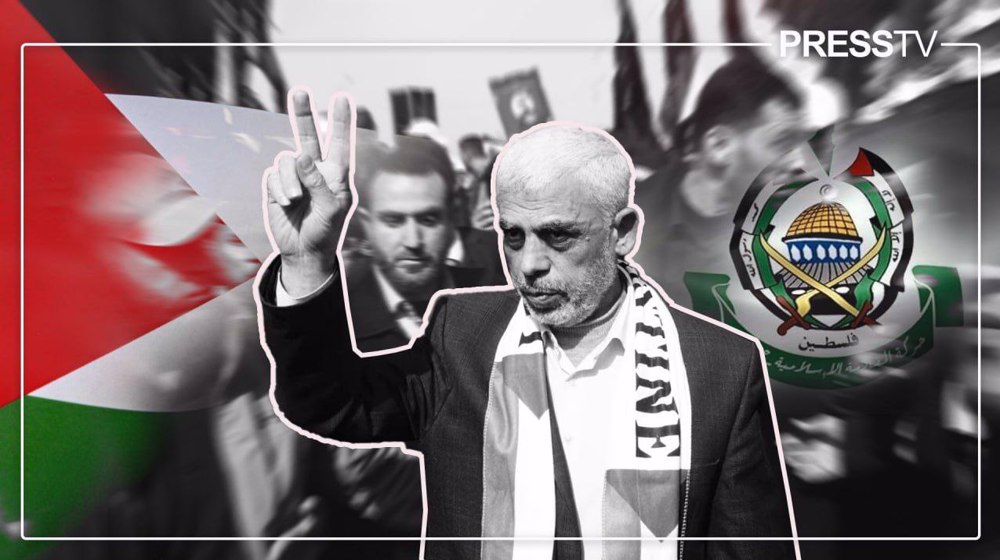
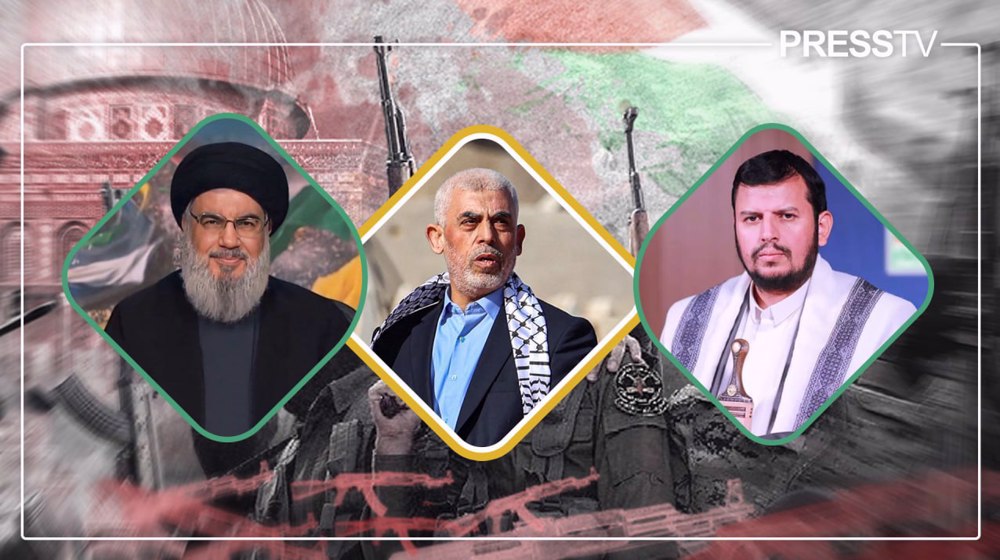

 This makes it easy to access the Press TV website
This makes it easy to access the Press TV website